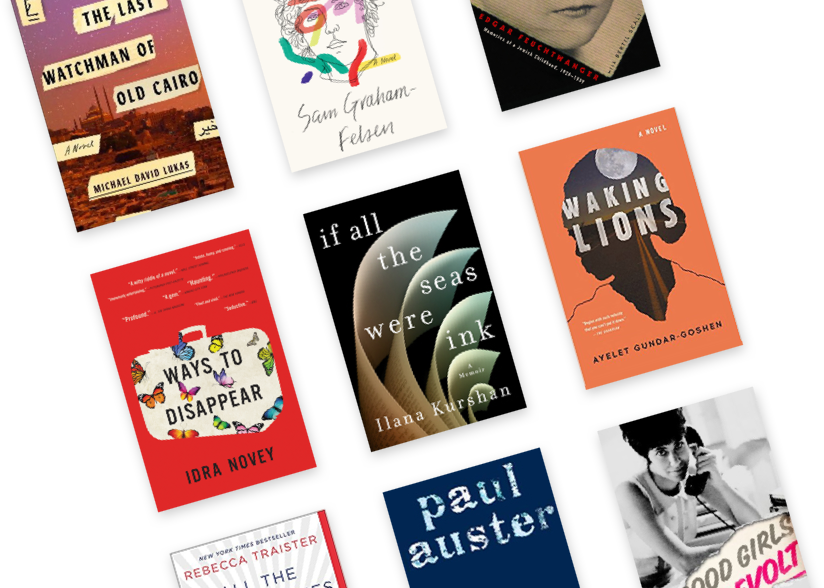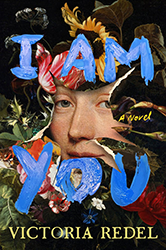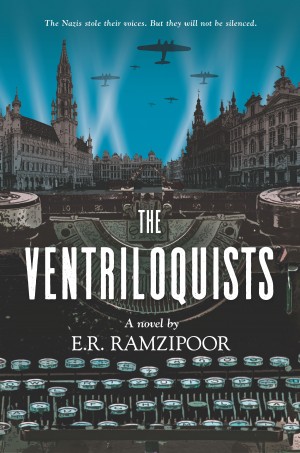In Never Anyone But You, Rupert Thomson recreates the lives of Claude Cahun (born Lucie Schwob) and Marcel Moore (born Suzanne Malherbe), two French artists who reinvented themselves in the 1930s by taking on gender-ambiguous names, defying gender norms, and testing the boundaries of sexual expression during their time.
After meeting as teenagers, Marcel and Claude realize their romantic attraction to each other, which they aim to keep to themselves. Oddly, Marcel’s mother ends up marrying Claude’s father, which allows the girls to hide behind the label of “sisters” in their affection toward one another.
The book is narrated by Marcel, the level-headed caretaker whose astute observations help the reader understand the environment of the couple’s social and artistic milieux. Claude is the more well-known and emotionally driven of the pair — a free spirit with a progressive attitude toward sexual expression. She is outspoken and unconcerned about creating enemies at a time of war, but Marcel keeps the relationship grounded and seemingly conventional in the eyes of society in order to prevent suspicion. Committed to a future with Claude, Marcel staunchly helps her through illness as well as suicidal ideations. (These become somewhat of an obsession for Claude, in part due to her own mother’s mental disturbances.)
As young women in Paris, Claude and Marcel mingle with famous artists and intellectuals in the surrealist movement. Through their own writing and photography, they aim to capture diverse portrayals of gender and femininity. They discuss the beauty of life as well as the increased tensions between politics and art caused by the rise of fascism and anti-Semitic attitudes. To them, art has become even more necessary as a means of creating a distinct, poetic self among increasingly horrifying politics, and imminent war.
As he follows the course of the two artists’ lives, Thomson conveys how time period and location impacted their outlooks and relationship. Once the war reaches France, the couple move to the island of Jersey in order to remain as anonymous as possible. There they help a Jewish man hide from the Nazis, and secretly create and distribute anti-Nazi leaflets. Due to their antifascist activities and the fact that Claude is part Jewish, they end up in prison for the last months of the war. This naturally disrupts their ability to express themselves in the free way they were used to; Claude’s perception of herself changes as she deals with her lack of control over her future. Indeed, the limitations of wartime weigh on both of them, but also makes the two realize how well they have learned to understand each other over the past forty years.
While Thomson’s novel is a work of fiction, he helps readers understand the complexities of Claude and Marcel’s lives in a way that historical texts will not. Thomson deftly punctuates historical storytelling with imagined dialogue and description; he brings the reader into their conversations about love and loss in a time of war, and uses his characters to discuss the possibilities of defining oneself against the grain. This is a book of exceptional merit, and gives life to a lesser-known couple whose story adds depth to our understanding of World War II resistance.
Jamie Wendt is the author of the poetry collection Laughing in Yiddish (Broadstone Books, 2025), which was a finalist for the 2022 Philip Levine Prize in Poetry. Her first book, Fruit of the Earth (Main Street Rag, 2018), won the 2019 National Federation of Press Women Book Award in Poetry. Her poems and essays have been published in various literary journals and anthologies, including Feminine Rising, Catamaran, Lilith, Jet Fuel Review, the Forward, Minyan Magazine, and others. She contributes book reviews to the Jewish Book Council. She won third prize in the 2024 Reuben Rose Poetry Competition and won second prize for the 2024 Holloway Free Verse Award through the Illinois State Poetry Society. Wendt holds an MFA in Creative Writing from the University of Nebraska Omaha. She lives in Chicago with her husband and two kids. Follow her online at https://jamie-wendt.com/ or on Instagram @jamiewendtpoet.



